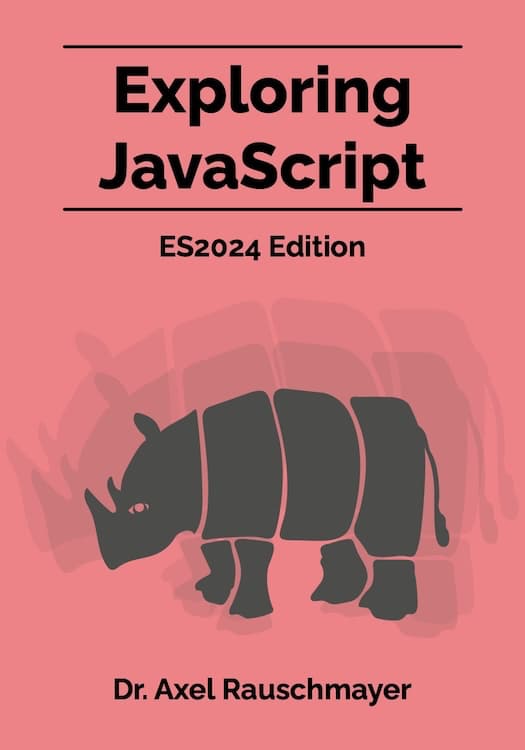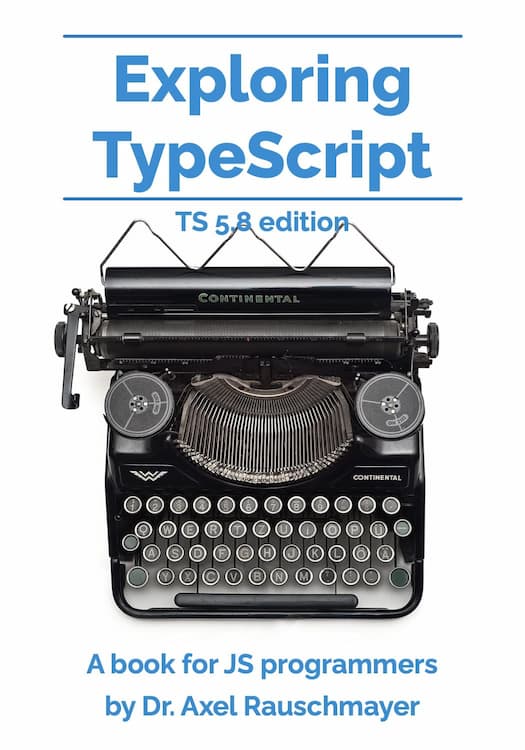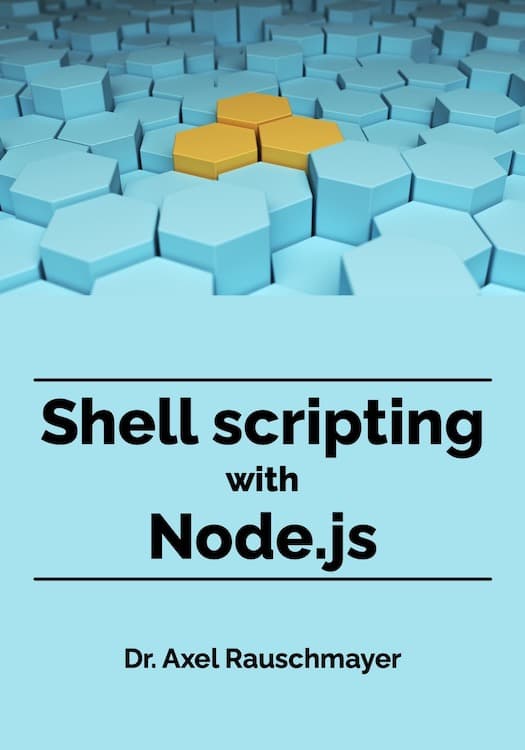TypeDoc: testing code examples in doc comments
TypeDoc now lets us refer to parts of other files via {@includeCode}. In this blog post, I explain how that works and why it’s useful.
Referring to parts of files from doc comments
Since version 0.27.7, TypeDoc lets us refer to parts of external files via the doc tag {@includeCode}:
File util.ts:
/**
* {@includeCode ./util_test.ts#utilFunc}
*/
function utilFunc(): void {}
Note the hash (#) and the name utilFunc after the path of the file: It refers to a region inside util_test.ts. A region is a way to mark sequences of lines in a source file via comments. Regions are also supported by Visual Studio Code where they can be folded (documentation).
This is what the region inside util_test.ts looks like:
test('utilFunc', () => {
//#region utilFunc
···
//#endregion utilFunc
});
Why is that useful?
The file names already suggest the use case for this feature: It enables us to publish documentation where all code examples (such as region utilFunc) are tested.
In the past, TypeDoc only let us include full files, which meant one file per example – with test boilerplate showing up in the documentation.
Real-world example
- The following files are an excerpt from real-world code.
- Check out the result online: Function arrayToChunks
- Another example: Class UnexpectedValueError
File array.ts:
/**
* Split `arr` into chunks with length `chunkLen` and return them
* in an Array.
* {@includeCode ./array_test.ts#arrayToChunks}
*/
export function arrayToChunks<T>(
arr: Array<T>, chunkLen: number
): Array<Array<T>> {
// ···
}
File array_test.ts:
// ···
test('arrayToChunks', () => {
//#region arrayToChunks
const arr = ['a', 'b', 'c', 'd'];
assert.deepEqual(
arrayToChunks(arr, 1),
[['a'], ['b'], ['c'], ['d']],
);
assert.deepEqual(
arrayToChunks(arr, 2),
[['a', 'b'], ['c', 'd']],
);
//#endregion arrayToChunks
assert.deepEqual(
arrayToChunks(arr, 3),
[['a', 'b', 'c'], ['d']],
);
assert.deepEqual(
arrayToChunks(arr, 4),
[['a', 'b', 'c', 'd']],
);
assert.deepEqual(
arrayToChunks(arr, 5),
[['a', 'b', 'c', 'd']],
);
});
Further reading
- Documentation for
{@includeCode} - Related tools:





